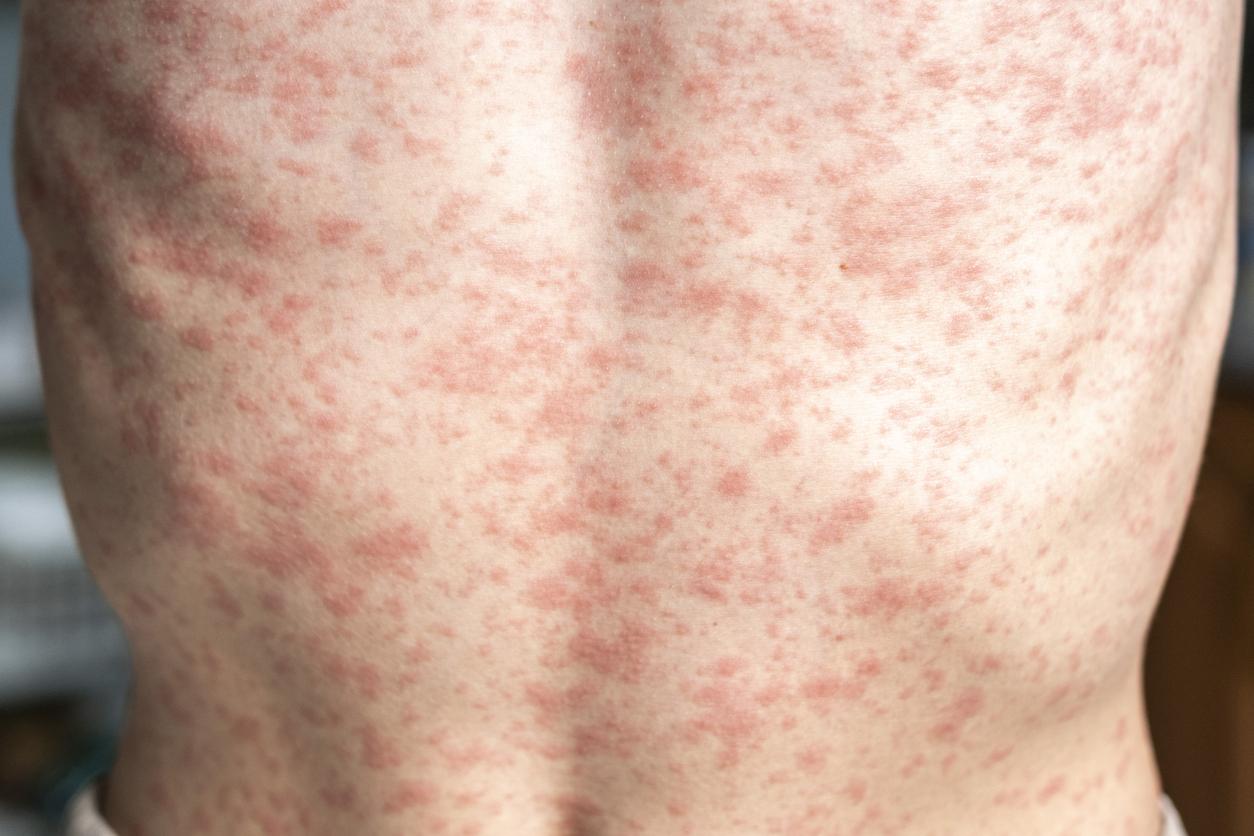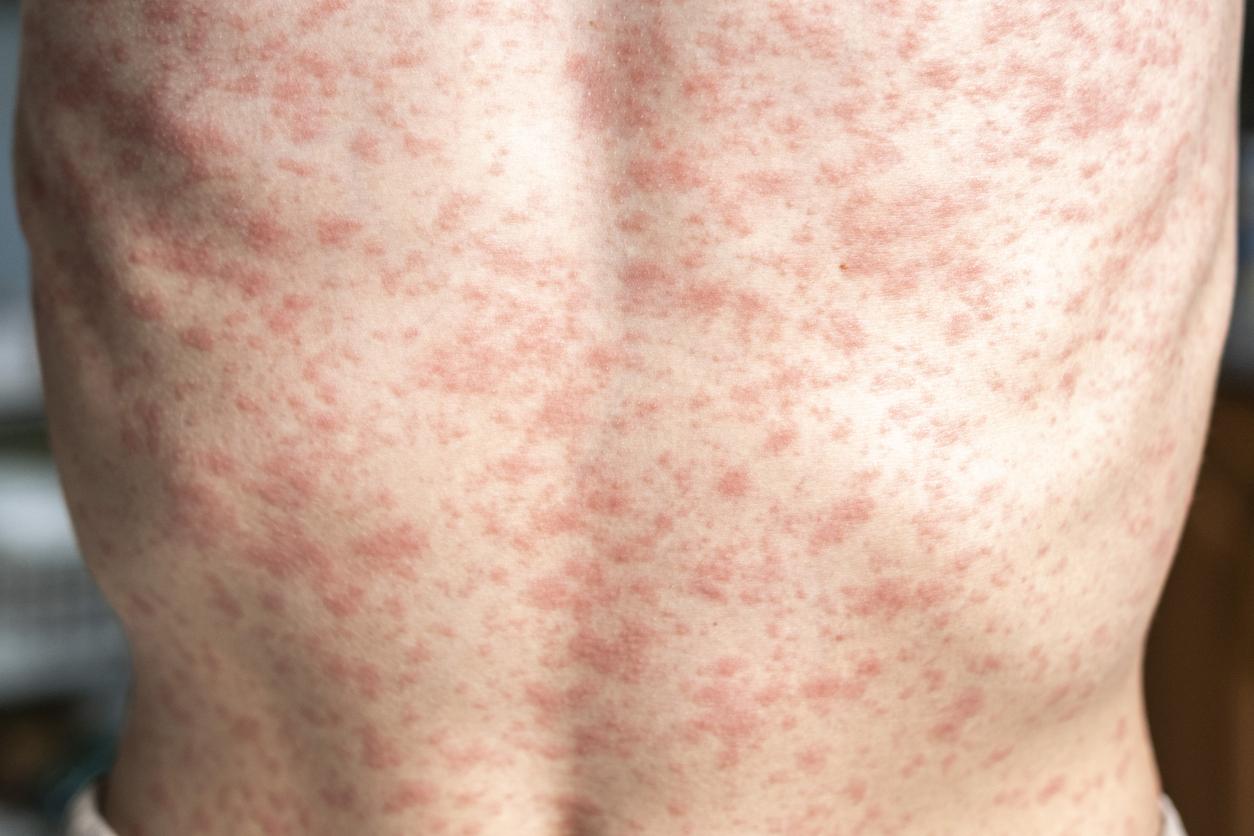The Crimean-Congo Hemorrhagic Fever virus was detected, for the first time, in France. Focus on the symptoms, transmission and management of this infection.

- For the first time, the presence of the Crimean-Congo Hemorrhagic Fever (CCHF) virus was observed in France.
- This infection generally causes few symptoms, but it can progress to severe or even fatal forms.
- Transmission of the CCHF virus is mainly due to bites from Hyalomma ticks.
On October 25, a team from Center for international cooperation in agricultural research for development (CIRAD) observed, for the first time, the presence of the Crimean-Congo Hemorrhagic Fever (CCHF) virus in France. Ticks of the species Hyalomma marginatum, collected from cattle farms in the Pyrénées-Orientales (Occitanie), were carriers of the virus. Nevertheless, no human cases have been diagnosed in France.
How to recognize Crimean-Congo hemorrhagic fever?
Crimean-Congo hemorrhagic fever is an illness caused by a virus of the same name. In the majority of cases, the symptoms linked to the FHCC virus are not very severe in humans. They mainly result in a flu syndrome (fever, muscle pain, dizziness, etc.) associated with digestive problems (vomiting, abdominal pain).
When the pathology worsens, it can nevertheless cause hemorrhages as well as a rapid deterioration of renal and hepatic functions. “In this severe form, the disease is fatal in 5 to 30% of cases, with death most often occurring during the second week of the illness”noted the Pasteur Institute. Unlike humans, infection of vertebrate animals with CCHF virus is almost always asymptomatic.
Crimean-Congo Hemorrhagic Fever: what are the vectors of transmission of the infection?
Transmission of the CCHF virus is mainly due to tick bites of the genus Hyalomma. In France, the species Hyalomma marginatum, vector of the virus, was detected in 2015 by CIRAD on the Mediterranean coast. Native to Africa and Asia, this tick is introduced by migratory birds coming from Africa. It therefore needs a dry and warm climate to survive, which explains its presence in the departments around the Mediterranean, Ardèche and Drôme. Due to global warming, the spread of this tick could, however, extend to other departments of mainland France in the coming years, health authorities have warned.
The CCHF virus can also be transmitted through direct contact with blood or fluids from contaminated humans or animals. “Animals, although the vast majority are asymptomatic, nevertheless present in their body, for about a week, a sufficient quantity of virus to cause other contaminations”warned the Pasteur Institute.
What are the treatments for Crimean-Congo Hemorrhagic Fever?
Treatment of CCHF is primarily symptomatic. As explained by the Pasteur Institute, Ribavirin, an antiviral drug, has been considered to treat patients when symptoms appear, but its effectiveness is still debated. To date, no vaccine is available on the market to combat the infection.
What are the endemic areas of Crimean-Congo Hemorrhagic Fever?
This pathology is endemic in several regions of the world, particularly in Africa and Asia. It is also present in certain areas of Turkey and in some Eastern European countries.
In France, despite the presence of the tick Hyalomma marginatum, no human cases of CCHF have been identified. Since 2016, however, a dozen human cases of CCHF have been recorded in Spain.

















